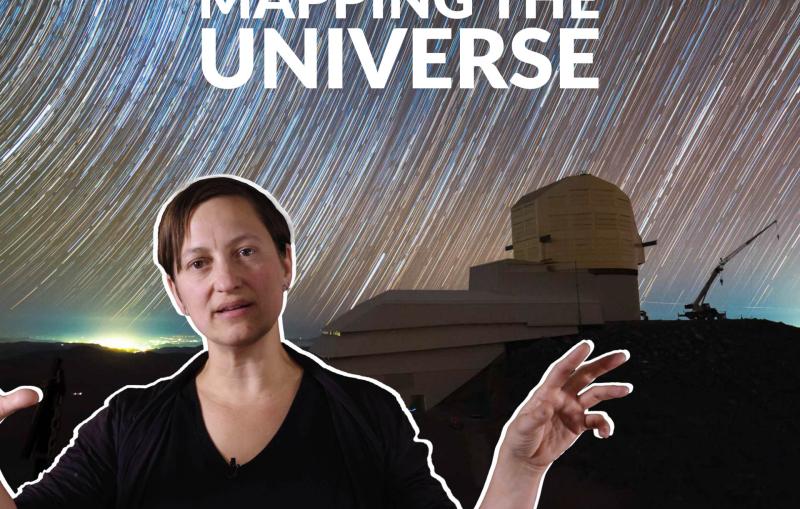Past Event
Discovering millions of galaxies and unraveling the mysteries of dark matter and dark energy is far out! Join us at the Dutch Goose for...


Rubin Observatory and the SLAC-built LSST Camera image the visible southern sky over and over for a decade, creating a vast archive of data that will advance our knowledge of dark energy and dark matter.
Related Link:
LSST Camera: World’s largest camera for astronomy

